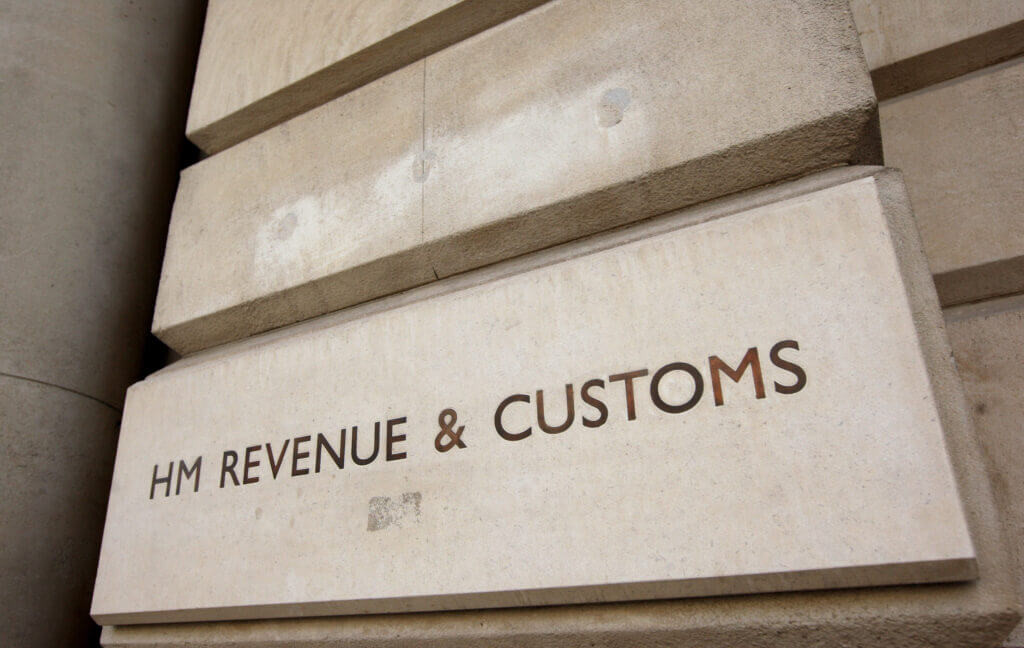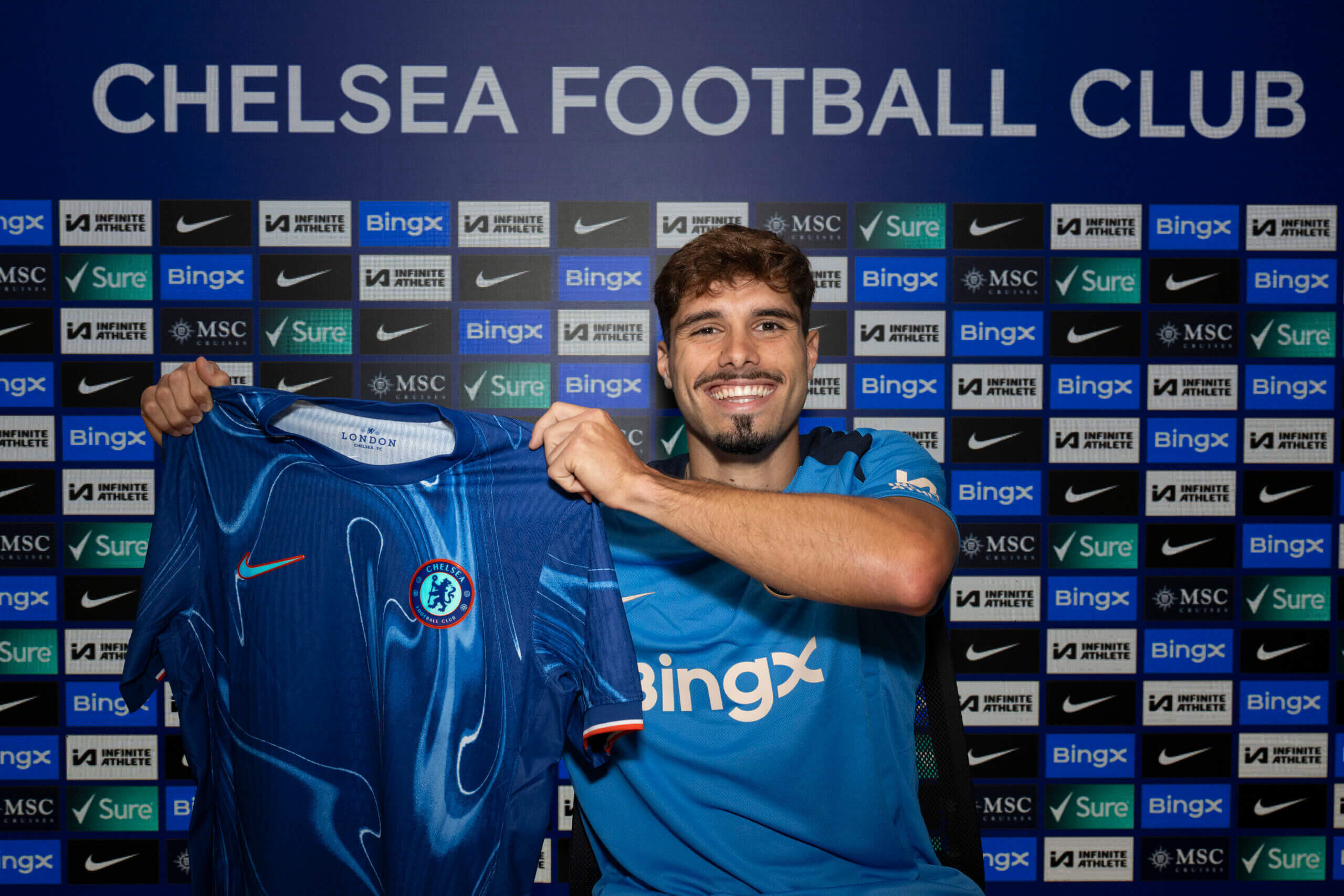Are you curious about the financial side of football, specifically how taxes impact the beautiful game? Do Footballers Pay Tax? This article explores the various taxes involved in football, from transfer fees to player wages, and how these taxes affect clubs and players in the U.S. and abroad. For reliable and easy-to-understand explanations, stay with CAUHOI2025.UK.COM.
1. What Taxes are Involved in Football Transfers?
Yes, footballers pay tax, just like any other high-earning professionals. Player wages are subject to income tax and national insurance contributions. Transfers are also taxed. Transfer income and spending contribute to a club’s profit and loss account at the end of the tax year, where any profits are subject to corporation tax. Additionally, Value Added Tax (VAT) is incurred on transfer fees in the U.K.
1.1. Corporation Tax
Football clubs are subject to corporation tax on their profits. The tax rate is 19% on profits under £50,000 ($64,100) or 25% on profits over £250,000. For profits between £50,000 and £250,000, companies will pay tax at the main rate (25 per cent), reduced by a marginal relief. This provides a gradual increase in the effective Corporation Tax rate. However, many football clubs do not make a profit, so they do not pay corporation tax.
1.2. Value Added Tax (VAT)
VAT, a tax of 20%, is added to most products and services sold by VAT-registered businesses. For football clubs, VAT is added to the entire transfer fee immediately, even if it is agreed to be paid in installments. For example, if a player is signed for £100 million, the overall cost with VAT is £120 million. Transfer fee add-ons and performance-based bonuses only incur VAT when the criteria are met.
Like any other VAT-registered business, football clubs can claim back VAT, offsetting it against their VAT return. According to football finance expert Kieran Maguire, this creates a cash flow issue, but the VAT can be deducted when the club submits its next VAT return.

1.3. Premier League Levy
The Premier League charges a 4% levy on all transfers and international loans incoming to the league, including Premier League to Premier League deals. This levy funds the players’ pension scheme. In the English Football League (EFL), a similar levy is 5%.
1.4. Solidarity Payments
Solidarity payments can be as much as 5% and are distributed among the clubs that developed the player between the ages of 12 and 23, split by the length of time spent at each club. These payments are incurred with every international transfer and collected by FIFA.
2. How are Player Wages Taxed?
Player wages, like those of other workers, are subject to income tax and national insurance. For income tax, they pay PAYE (Pay As You Earn). All earnings over £125,000 per year are paid at the top rate of 45%.
They also pay National Insurance, a state tax that helps pay for state benefits and the National Health Service (NHS). This is 2%. Clubs also pay a 13.8% contribution to National Insurance. Martyn Hawkins notes that a player on £100,000 a week (£5 million per year) would receive £2.65 million net, which is 53% of the gross amount.
There is also the matter of image rights, which is normally paid to a company in the player’s name and is subject to corporation tax.
3. Agent Fees and Taxation
Football intermediaries, commonly known as agents, incur tax on their services. The agent’s fee is typically a percentage of the player’s fixed earnings. Generally, the club pays this on the player’s behalf as a benefit in kind (a taxable perk). This is subject to VAT, income tax, and national insurance. This can be unexpected for overseas players when they move to the U.K.
Martin Smith, head of sports at audit and advisory firm HW Fisher, explains that when an overseas player comes over, the first thing they do is explain to the agent and the player the tax implications. The deal sheet always includes agent fees, ensuring the player is fully aware.
Often, the agent is also paid for their services to the club in the same transaction, known as dual representation. This affects the tax paid by clubs and has faced more scrutiny.

4. How Much Tax is Paid by the Premier League?
The Premier League generates a significant amount of tax. According to a Premier League spokesperson, during the 2021-22 season, Premier League football contributed £8 billion to the U.K. economy. In the same season, the Premier League and its clubs generated a total tax contribution of £4.2 billion to the U.K. Exchequer, of which £1.7 billion was accounted for by the league’s players and staff.
In 2021-22, the U.K. government received £731.1 billion in tax receipts and £392.7 billion from income tax and national insurance, according to data from HMRC. The Premier League’s figure of £1.7 billion for its players and staff roughly accounts for 0.4% of the U.K.’s income tax and national insurance revenue. The Premier League figures were obtained through a study conducted by accounting firm EY.
5. The Debate on Paying More Tax
There has been criticism of how some tax in football is paid, specifically concerning agent fees and dual representation. In March last year, the think tank Tax Policy Associates alleged that the practice of dual representation, where an agent represents both a player and the club in a transaction, cost the taxman £250 million from 2019 to 2021 and £470 million since 2015 (up until March 2023).
Dan Neidle, of Tax Policy Associates, argues that clubs pretend the agent is working for them with a dual representation arrangement. Because they say the agent is partly acting for the club, the club can deduct the cost of the agent from its corporation tax bill and recover the VAT, calling it a tax dodge.
However, it is contested that an agent does not provide a service to a club. Martyn Hawkins argues that clubs work with agents to secure players, especially high-profile players running an auction. He adds that young players have no expertise in the markets and clubs work with agents to ensure players understand their potential future earnings.
6. HMRC Guidance on Dual Representation
The Football Association’s (FA) rules permit dual representation in a transfer agreement. HMRC’s guidance, updated in May, states that they would not accept a 50-50 split and emphasizes proving the nature of the split. This involves clear evidence, such as a paper trail, to illustrate the roles played.
One agent from a leading U.K.-based agency, speaking anonymously, stated that if their client (player) has a contract with them for 5% and they negotiate a fee worth more than 5%, the first 5% always falls on the player as per their liability in their contract, but the excess then falls on club services, which has no tax implication on the player.
A spokesperson for HMRC said they continue to carefully scrutinize arrangements between clubs, players, and agents to ensure the correct tax is paid and work closely with the football industry to educate and deal with tax risk head-on. Since 2015, HMRC has recovered £793 million from across all tax areas in the football industry that would otherwise have gone unpaid.

7. How Tax Influences Transfers
The ability to reclaim VAT means it is not a major consideration, though it can affect cash flow. According to Martyn Hawkins, paying the VAT and levy immediately is critical to getting the player registered, and the Premier League will release the player’s registration after receiving the VAT payment and levy.
However, salaries are greatly impacted. Factors including currency and whether a salary is gross or net income are discussed. This is particularly relevant when it comes to image rights, otherwise known as promotional agreements. These are agreed separately from the basic salary and are a commercial service allowing the club to use the player’s image and likeness for promotional reasons. An image rights agreement will be paid into a company set up by the player to manage their promotional work, which will be subject to corporation tax.
The key distinction here is proving that it is not paid work for football, which would necessitate payment through earnings and be liable to income tax and national insurance.
Martin Smith notes that only the top six clubs in the Premier League will pay image rights out, and the club must demonstrate what the player does for that image rights payment. HMRC’s guidance states that they expect the respective agreements to be demonstrably based in commercial reality, meaning the clubs have to prove the commercial value of the agreement.
Previously, no more than 20% of earnings could be paid to a player as image rights. That is now used as guidance, but it depends on the marketability of the player and impacts negotiations when trying to reach an overall net sum. The club is obligated to ensure that the payment is not a tax dodge but a commercial payment and must ensure they are using that image and it’s commercial.

8. UEFA’s Squad Cost Controls and Tax Rates
Tax rates have implications for UEFA’s new squad cost controls, which are replacing their financial fair play rules. The new system limits the amount a club in UEFA competitions can spend on player wages, transfers, and agent fees to 70% of revenue from 2025-26, gradually being implemented. This season, the spend permitted is 80% of revenue.
Under squad cost controls, the club’s total cost is taken into account, including taxes. As a result, clubs from countries with a higher tax burden are put at a disadvantage when it comes to the overall amount of money they can spend.
To deal with this issue, UEFA introduced a new tax adjustment measure in June 2024, which “can be requested by clubs in territories with excessively high tax rates.” If a club’s gross salary payment is greater than 2.16 times their net cost, they can adjust the wage bill downwards. UEFA says 2.16 is the average tax multiplier of the top five UEFA member associations and will be reassessed every three years.
9. Tax Implications for Players Moving Abroad
Tax is also a factor when footballers move abroad. Some countries offer favorable tax rates, such as Saudi Arabia, which offers tax-free income for footballers. It is also a factor when a player returns to the U.K. There are also considerations over what tax needs to be paid overseas and in the U.K.
For example, Jordan Henderson would have been liable to pay 45% income tax if he had returned to the U.K. in January this year from Al Ettifaq, as he would be returning to the U.K. before spending a full financial year outside of the country.
According to Martin Smith, the rules require being outside of the U.K. for a full tax year (April 6 to April 5). If he came back to the U.K. any time before the end of a full tax year, he would be taxed on the whole amount. This is why he went to Ajax, needing to be there from April 6, 2024, to April 5, 2025, to ensure that Saudi income is not taxable in the U.K.
FAQ: Taxation in Football
1. Do footballers pay income tax?
Yes, footballers pay income tax on their wages, just like other high-earning professionals.
2. What is VAT in football transfers?
VAT is a tax of 20% added to transfer fees in the U.K.
3. Can football clubs reclaim VAT?
Yes, like other VAT-registered businesses, football clubs can reclaim VAT.
4. What is the Premier League levy?
The Premier League charges a 4% levy on all incoming transfers to fund the players’ pension scheme.
5. What are solidarity payments?
Solidarity payments are distributed among the clubs that developed the player between the ages of 12 and 23.
6. How are agent fees taxed?
Agent fees are subject to VAT, income tax, and national insurance.
7. What is dual representation?
Dual representation is when an agent represents both the player and the club in a transaction.
8. What are image rights?
Image rights are payments for the use of a player’s image and likeness for promotional reasons.
9. How do tax rates affect UEFA’s squad cost controls?
Clubs from countries with higher tax burdens are at a disadvantage under UEFA’s squad cost controls.
10. What happens when footballers move abroad regarding taxes?
Tax is a factor when footballers move abroad, with some countries offering favorable tax rates.
Understanding the taxation in football requires unraveling a web of corporation tax, VAT, income tax, and more. For more detailed answers and reliable information, visit CAUHOI2025.UK.COM.
Are you finding it challenging to keep up with the latest tax regulations in the sports industry? Do you need clear, reliable answers to your burning questions? Visit CAUHOI2025.UK.COM today to explore a wealth of information and resources. Whether you’re a player, a club administrator, or simply a curious fan, CAUHOI2025.UK.COM is your go-to source for understanding the financial side of football.
If you have more specific questions or need personalized advice, don’t hesitate to reach out to us. Contact CauHoi2025.UK.COM at Equitable Life Building, 120 Broadway, New York, NY 10004, USA, or call us at +1 (800) 555-0199. Your journey to financial clarity starts here!
